
I always enjoyed chalking up my cue after every shot and you probably do too. So thinking back can you imagine all the times that you sat there and just swirled more and more chalk on your cue stick not realizing you were do it wrong? It makes me laugh remembering.
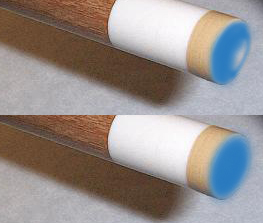
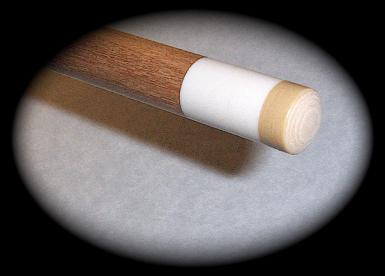
Above we mentioned that you where doing it wrong but really their is no wrong way to chalk your cue, by doing it the “correct way” you get some added benefits that you might like to know and practice for yourself.
By chalking your cue in a downward stroking motion across the tip of your cue, you can adequately cover the whole tip not just around the center point. When doing a swirling motion your cue it doesn’t cover the very center of the tip and this is where your cue stick impacts the cue ball. Besides, using a stroking motion saves cue chalk and improves the health of your tip.
main img
https://upload.wikimedia.org/wikipedia/commons/1/17/Billiard_Chalk_and_Cue.jpg

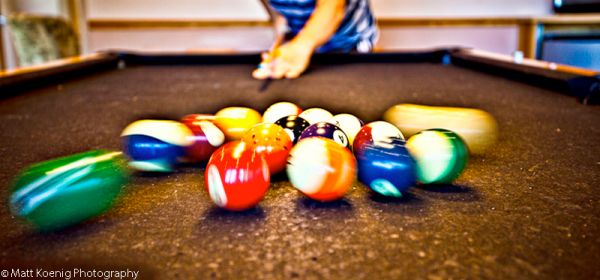
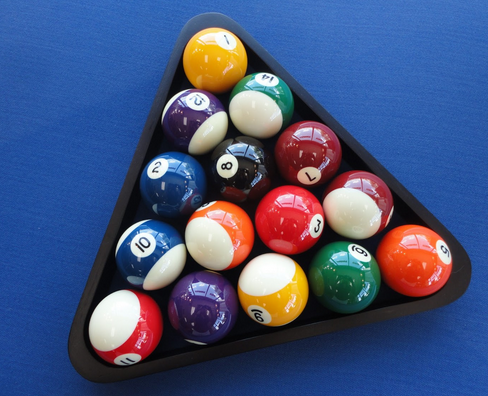
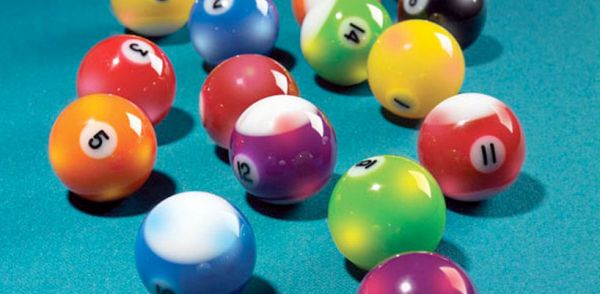

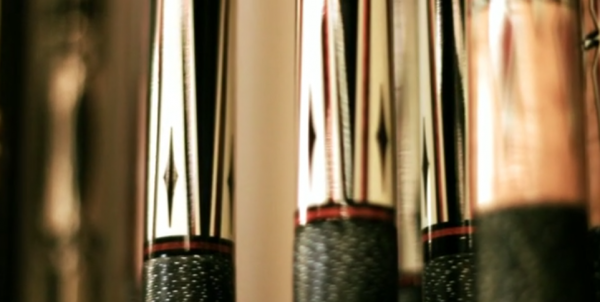
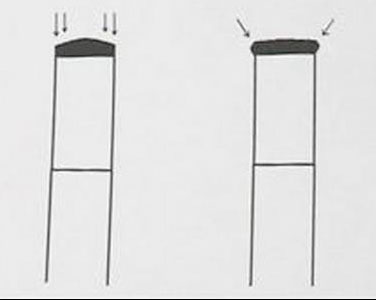 If it comes down to an economic decision, maybe you can easily afford replacing tips as they are needed and do regular maintenance work. Then you should need a breaking cue unless you decide to get one.
If it comes down to an economic decision, maybe you can easily afford replacing tips as they are needed and do regular maintenance work. Then you should need a breaking cue unless you decide to get one.